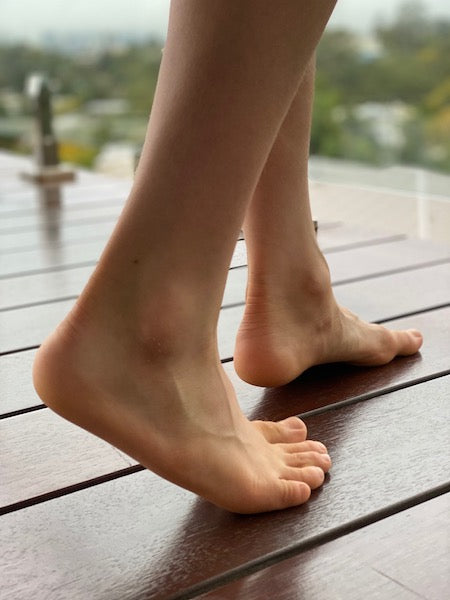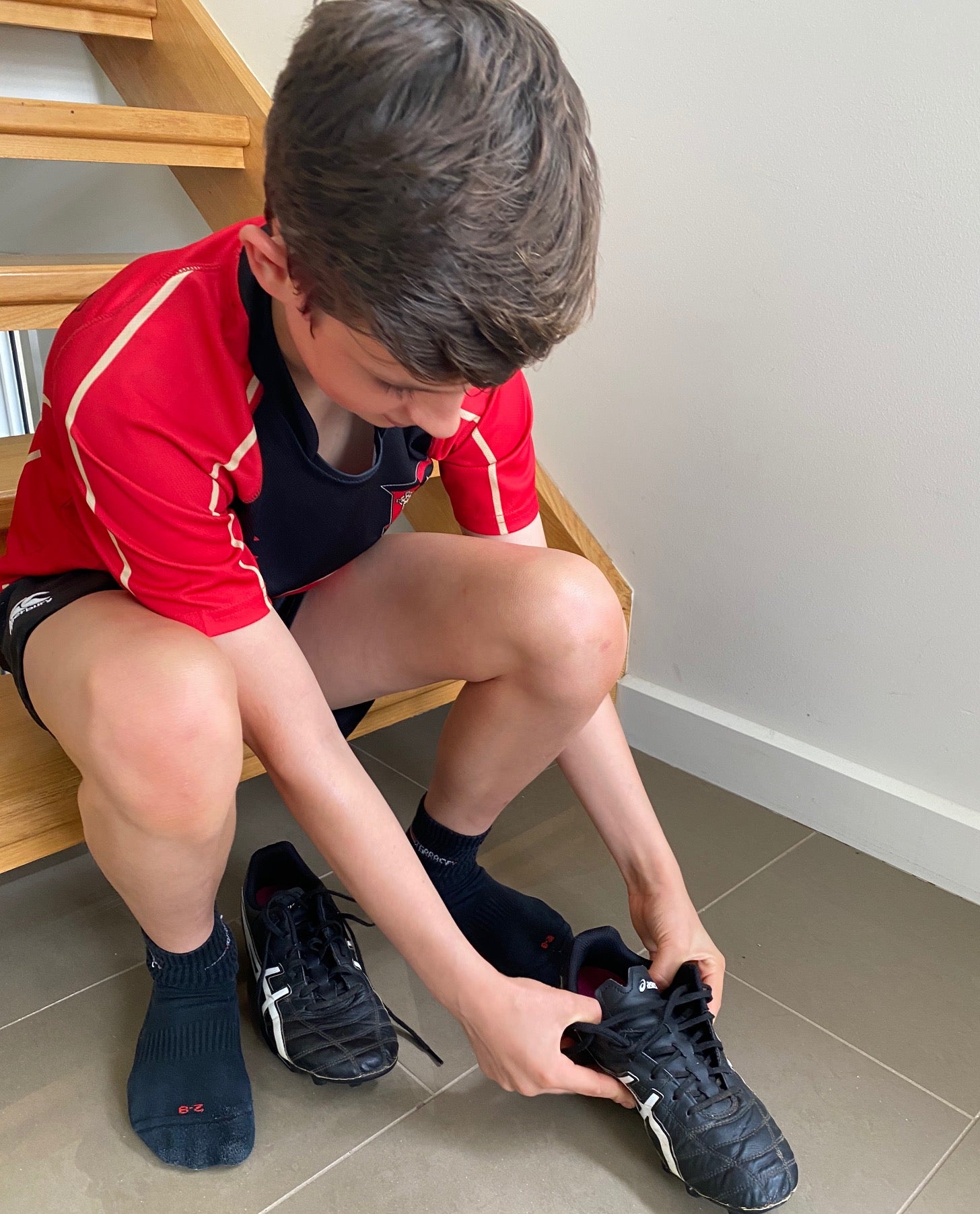Sever's disease is inflammation of the growth plate in the back of the heel and only occurs with very active children who are between 9 and 13 years of age.
The Achilles tendon commonly strains where it joins in the back of the heel causing the same type of pain as Sever's disease.
We've seen a very large number of school aged kids with heel pain over the years and the majority of these cases have been Sever’s disease. However, since sport has resumed this year (post COVID-19 restrictions easing), we have seen a switch to the majority of heel pain cases being Insertional Achilles injuries. In fact, we have seen a large spike in heel pain cases in our clinic recently, and almost none of them have been Sever’s disease!
It is really important to distinguish between a half torn Achilles tendon that is weak and at risk of tearing further, or an inflamed growth plate that needs help to get through sport comfortably.
Sever's Disease
Sever's disease will be pain free for the first 5 or 10 minutes of sport and pain will gradually increase towards the end of the game. Achilles injuries will be painful as soon as you sprint or jump with power.
Sever's disease pain will resolve in a few hours of sport. Within a day or two of not running, Sever's disease will be completely pain free. Achilles injuries won’t resolve fast with a short rest. A quick test you can do (if you haven’t played sport for over 24 hours), is to try doing 30 single leg hops. Sever's disease won’t hurt when you do 30 single leg hops. Achilles’ tendon injuries will hurt when testing for power (even after ceasing sport for a few days).
Click here for our more detailed information on Sever's Disease.
Insertional Achilles Tendonitis
Achilles tendons need to be rehabilitated back to normal as swiftly as possible. This involves three angles of treatment:
1. Reduce an appropriate amount of stress though the injury with footwear set-up, heel lifts and adjusting sporting load.
2. Release tight muscles with physio, massage or rolling.
3. Strengthen the injury. This is performed while wearing shoes and heel wedges (not off the edge of the step). Working towards higher energy jumping exercises is critical.
Click here our more detailed information of Insertional Achilles Tendon strains.
If you have a kid with pain at the back of the heel, they haven’t played sport for 24 hours, they are still complaining of pain and they get pain with a hop test, then the probably have an Achilles injury that needs treating ASAP!
We have after hours and late evening appointments available. Book Online Here

